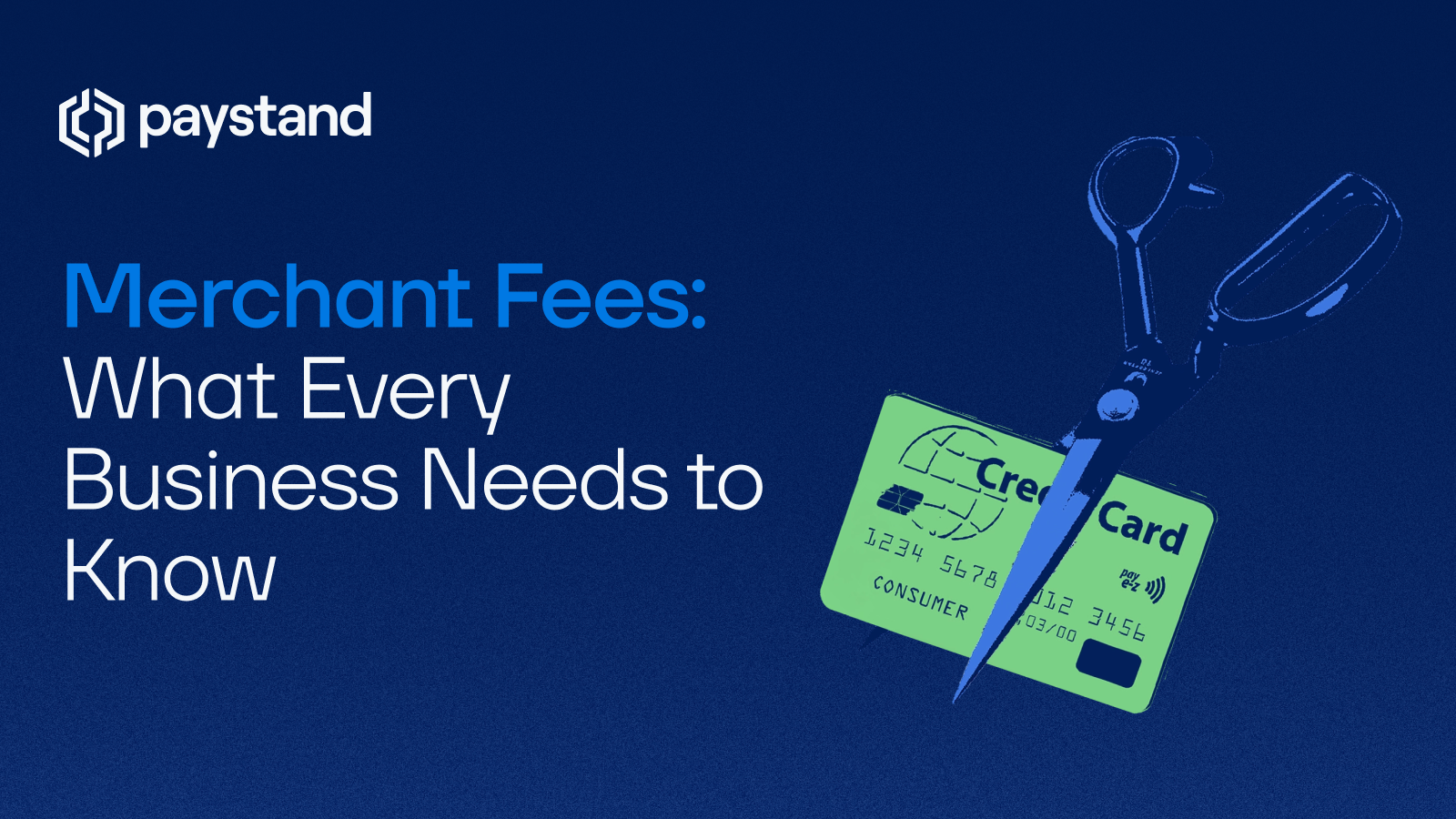Merchant Fees: What Every Business Needs to Know

Table of Contents
- What Are Merchant Fees?
- Types of Merchant Fees
- What Are the Best Payment Processors With the Lowest Merchant Fees for Businesses?
- Compare Merchant Fees for Top POS Systems to Find the Most Cost-Effective Solution for My Retail Business
- What Payment Gateways Have the Lowest Merchant Fees and Integrate Easily With E-commerce Platforms?
- How Can My Business Reduce Credit Card Merchant Fees When Accepting Customer Payments?
- Which Merchant Account Providers Offer the Most Transparent Fee Structures?
Key Takeaways
- Merchant fees are unavoidable but manageable, varying based on the merchant service provider, pricing model, and the type of transaction.
- Know the types of fees: transaction fees, flat fee pricing, statement fees, chargeback fees, annual fees, and hidden costs.
- Best payment processors often provide transparent pricing models and predictable flat rate pricing.
- POS systems should be compared not just on features, but also on how their fees include additional costs like statement or annual fees.
- Payment gateways for ecommerce should balance low merchant fees with seamless integrations and fraud protection.
- Ways to reduce merchant fees include encouraging ACH payments, negotiating rates, cutting unnecessary statement fees, and adopting zero-fee models.
- Transparent providers are the best choice—avoiding providers that vary fees without clear explanations.
Merchant fees are a critical part of running a business that accepts customer payments. Understanding them—and knowing how to minimize costs—can make a huge difference in your bottom line.
In this article, we’ll explore what merchant fees are, the different types, and how businesses can choose the most cost-effective solutions. We’ll also compare payment processors, POS systems, payment gateways, and merchant account providers to help you find the most transparent and affordable option.
Looking for a zero-fee alternative right now? Check out Zero-Fee Processing.
What Are Merchant Fees?
Merchant fees are the costs businesses pay to process customer transactions through credit cards, debit cards, or digital payment methods. These fees vary based on your merchant service provider, pricing models, and the type of payment accepted.
Common types of merchant fees include:
- Transaction fees – a percentage of each sale, often combined with a flat fee.
- Statement fees – charges for monthly account management.
- Annual fee – an additional cost that some providers add for account maintenance.
- Chargeback fees – penalties for disputed transactions.
- Hidden costs – fees include setup charges, compliance fees, or early termination penalties.
Understanding the structure of these costs—whether flat rate pricing, interchange-plus, or tiered pricing—can help you better predict your expenses.
Types of Merchant Fees
Merchant fees vary based on your provider and the pricing model. The most common fee structures are:
- Flat Rate Pricing: A simple model where you pay the same percentage + flat fee per transaction. Predictable, but not always the lowest.
- Interchange-Plus Pricing: Costs vary based on card type, plus a provider markup. Transparent but harder to forecast.
- Tiered Pricing Models: Grouped into “qualified,” “mid-qualified,” and “non-qualified” transactions. Often less transparent and may include hidden costs.
For a deeper dive into how fees work in B2B transactions, see our guide on B2B Credit Card Processing Fees.
What Are the Best Payment Processors With the Lowest Merchant Fees for Businesses?
When choosing a processor, businesses should look for transparency, competitive rates, and minimal add-on fees. Some processors offer flat rate pricing with predictable costs, while others provide interchange-plus models that can reduce costs for higher transaction volumes.
Key factors to evaluate:
- Are there monthly statement fees or annual fees?
- Does the processor charge high chargeback fees?
- Is the pricing model flat fee, tiered, or interchange-plus?
Forward-thinking businesses are turning to zero-fee models that eliminate traditional merchant fees entirely. Learn more about Zero-Fee Processing.
Compare Merchant Fees for Top POS Systems to Find the Most Cost-Effective Solution for My Retail Business
Retail businesses rely on POS systems that bundle hardware, software, and merchant service fees. While POS systems make operations seamless, the merchant fees vary widely.
Examples of cost considerations include:
- Flat rate pricing vs. variable rates that vary based on card type.
- Whether fees include monthly statement or annual fees.
- Scalability and integration with other tools.
Comparing POS systems side-by-side will reveal the most cost-effective choice for your business model.
What Payment Gateways Have the Lowest Merchant Fees and Integrate Easily With E-commerce Platforms?
E-commerce businesses need gateways that not only process payments at low cost but also integrate with platforms like Shopify, Magento, or WooCommerce.
Best features to look for:
- Transparent pricing models with minimal flat fees.
- Easy API integrations with e-commerce software.
- Low chargeback fees and strong fraud prevention tools.
Reducing unnecessary gateway costs helps e-commerce businesses scale profitably.
How Can My Business Reduce Credit Card Merchant Fees When Accepting Customer Payments?
Reducing merchant fees doesn’t always mean switching providers. Businesses can take proactive steps to minimize costs:
- Encourage lower-fee payment methods (like ACH or bank-to-bank payments).
- Negotiate with your provider for better pricing models.
- Eliminate statement and annual fees by choosing providers that don’t charge them.
- Reduce chargeback fees by tightening fraud protection and customer service.
- Adopt zero-fee models to eliminate credit card processing fees altogether.
Which Merchant Account Providers Offer the Most Transparent Fee Structures?
Transparency is key when evaluating merchant service providers. Many providers advertise low rates but hide costs in statement fees, annual fees, or chargeback penalties.
When reviewing a provider:
- Look for clear documentation of all fees included.
- Understand how rates vary based on card type.
- Compare flat rate pricing vs. interchange-plus vs. tiered models.
Providers with straightforward flat fee structures or zero-fee models give businesses the most predictable cost base.
Merchant fees are a reality for most businesses—but they don’t have to eat into your profits. By comparing processors, gateways, and POS systems, and by choosing providers with transparent pricing models, you can minimize costs and maximize efficiency.
Ready to eliminate merchant fees entirely? Learn how with Paystand B2B Payments.






%20(1)%20(1).jpg?width=100&height=100&name=IMG_3752%20(1)%20(1)%20(1).jpg)